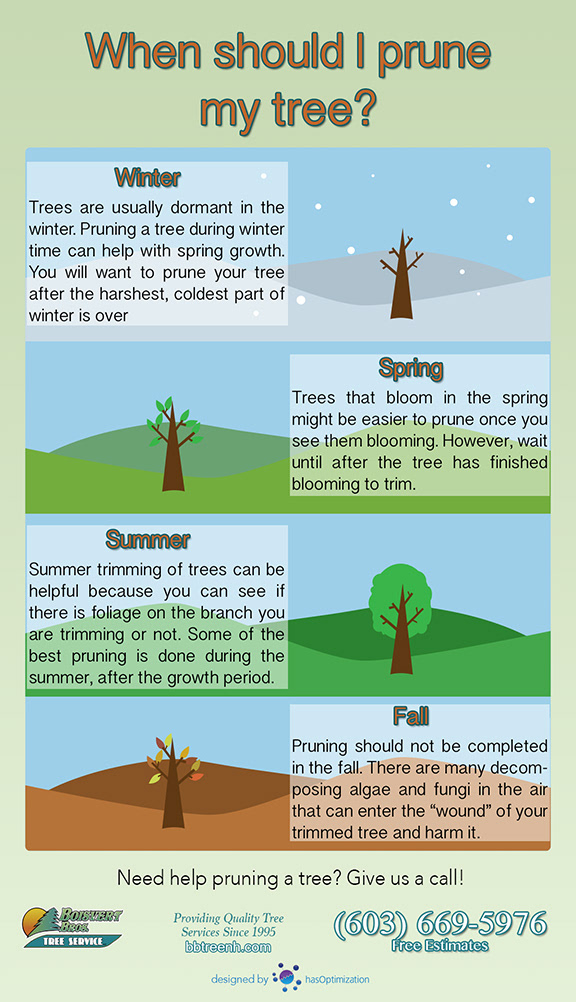Indicators It's Time For Tree Elimination: How To Recognize Unsafe Trees
Indicators It's Time For Tree Elimination: How To Recognize Unsafe Trees
Blog Article
Authored By-Velling Goodman
When it comes to tree treatment, identifying the indications that it's time for removal is necessary for your safety and home. You may see tarnished fallen leaves, wilting branches, or odd fungal developments indicating health issue. Structural issues, like a significant lean or cracks in the trunk, can also present threats. Comprehending these warning signs can aid you make educated decisions about your trees and stop prospective hazards prowling in your yard. What should you search for next?
Signs of Decay and Condition
When you discover indicators of degeneration and condition in your trees, it's vital to act promptly. Seek blemished leaves, wilting branches, or uncommon growths like fungi. These can show that your tree is battling.
If you see fractures in the bark or soft, mushy wood, these symptoms suggest internal degeneration. In addition, an abrupt boost in parasites around your tree can indicate that it's weakened and prone.
Look for any type of dead or dying limbs, as they present a threat to your property and safety and security. If you doubt regarding what you see, seeking advice from an arborist can provide quality.
Attending to these signs early can save you from a lot more considerable damages and make certain the health and wellness of your backyard. Do not wait up until it's far too late.
Structural Instability and Leaning
As you observe your trees, keep an eye out for any type of indications of structural instability or leaning. If a tree leans substantially, it might suggest that the root system is compromised.
Try to find any type of cracks in the trunk or dirt around the base; these can signal potential failure. In addition, look for unusual development patterns, like an unbalanced crown, which might suggest that the tree is having a hard time to hold itself upright.
If you discover that the tree favors your home, power lines, or various other frameworks, it poses a better danger. Don't overlook these indicators-- speak with an arborist to assess the situation.
Taking action early can avoid expensive damage and guarantee your safety.
Dead or Dying Branches and Foliage
If you discover dead or dying branches and vegetation on your tree, it's a clear indication that something's wrong.
These harmful areas can suggest underlying problems like condition, insect infestations, or ecological stress and anxiety. When branches lose their fallen leaves or turn brownish, they're no longer contributing to the tree's health. Ignoring these indications might result in additional decline, making your tree a lot more hazardous.
Dead branches can conveniently break short throughout storms, positioning a risk to residential property and individuals close by. It's vital to assess the extent of the damage.
If the problem impacts a considerable part of the tree, think about speaking with a professional. https://www.swnewsmedia.com/savage_pacer/news/local/news_briefs/savage-announces-tree-sale-arbor-day-celebration/article_6f76150c-801f-551a-a8fe-90ad48fcf19d.html can assist determine if removal is necessary to make certain safety and security and preserve the appeal of your landscape.
Verdict
If you observe any kind of indicators of degeneration, architectural instability, or dead branches on your trees, do not neglect them. These signs can pose serious safety and security dangers to you and your residential property. It's always best to seek advice from a specialist arborist who can supply a specialist assessment of your trees. Doing https://drive.google.com/file/d/1HWcOEBskGnF6xmmIVt6N291AryeiGAkT/view?usp=sharing about it early can protect against mishaps and expensive damages, guaranteeing your landscape remains secure and healthy. Keep in mind, it's far better to be proactive concerning tree treatment than to wait on a calamity to take place.
